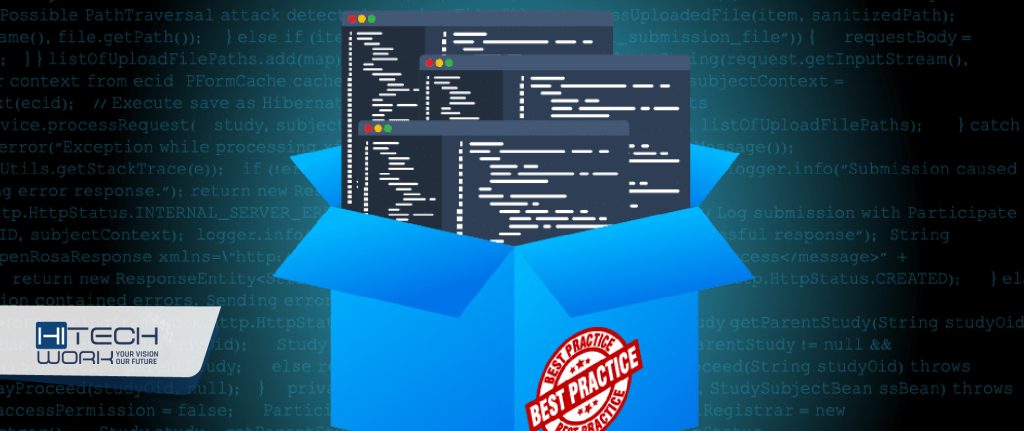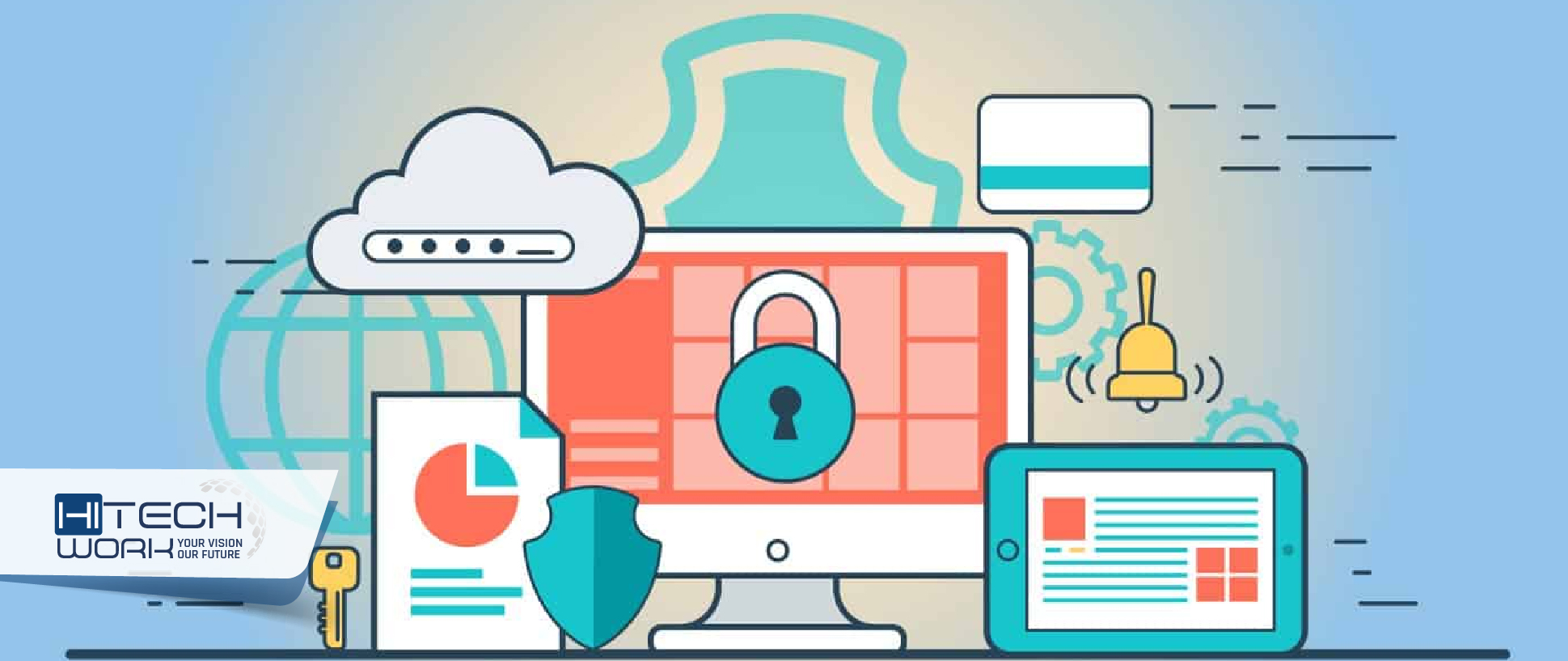Are you tired of the headache that comes with managing software licenses? You’re not alone. In today’s fast-paced world, companies are bombarded with a myriad of software applications, each with its own set of licensing terms and conditions.
Keeping track of these licenses can be a daunting task, leading to compliance issues, overspending, and wasted resources. But fear not! In this article, we’ll delve into the world of software license management and uncover the strategies and tools that can streamline this complex process for your organization.
Software License Management Roles and Responsibilities
In the realm of software license management, various roles and responsibilities play a crucial part in ensuring compliance and efficiency. The License Manager, for instance, takes on the role of overseeing the entire lifecycle of software licenses within an organization. This individual is responsible for negotiating contracts, tracking licenses, and ensuring that usage aligns with the terms of each agreement.
Moreover, the Software Asset Manager plays a pivotal role in optimizing software usage and minimizing costs by identifying underutilized licenses and negotiating better deals with vendors. Their responsibility includes monitoring license usage to avoid overages or non-compliance, ultimately contributing to cost savings.
Furthermore, the IT Procurement Specialist holds the important responsibility of managing negotiations for new software purchases while coordinating with legal teams to ensure contract compliance. Additionally, this individual acts as a liaison between different departments within an organization to understand their particular needs and align them with appropriate licensing solutions. Collaboration among these varied roles is essential for effective software license management—fostering transparency across teams can help mitigate risk by addressing potential compliance issues before they arise.
Software License Management Jobs
Are you a detail-oriented individual with a passion for technology? If so, you might want to consider exploring the field of software license management jobs. In today’s rapidly evolving tech landscape, businesses of all sizes are increasingly reliant on various software applications to streamline their operations and stay competitive. However, managing the licenses for these tools can be complex and time-consuming, making the role of a software license manager more important than ever.
With organizations facing mounting pressure to ensure compliance with licensing agreements while optimizing costs, there is a growing demand for professionals who can navigate this intricate terrain. As a software license manager, you could find yourself negotiating with vendors, analyzing usage data, and developing strategies to maximize value from software investments.
This dynamic position offers an opportunity to not only exercise your technical acumen but also make significant contributions toward cost savings and operational efficiency within your organization. So if you’re ready to dive into a challenging yet rewarding career that combines technology expertise with strategic thinking, consider exploring the exciting world of software license management jobs.
Software License Management Best Practices
Software license management is crucial for organizations to ensure compliance, reduce costs, and optimize their software usage. One best practice is to conduct regular software audits to accurately track the number of licenses in use and identify any discrepancies. This can help organizations avoid costly fines or penalties related to non-compliance with licensing agreements.
Another best practice is to centralize software license management through a dedicated system or platform. This approach allows for better visibility into all software assets, helps with tracking usage, and streamlines the process of managing and renewing licenses. Additionally, implementing automated alerts for upcoming license expirations can help organizations stay ahead of renewals and prevent any interruptions in software access.
Embracing these best practices can not only ensure compliance but also aid in optimizing software spending, enhancing data security by minimizing unauthorized installations, and ultimately contributing to more efficient operations within an organization. By adopting these practices, businesses can establish a strong foundation for successful software license management while avoiding unnecessary risks and expenses.
Best Software License Management Tools

If you’re looking for efficient ways to manage your software licenses, then exploring the best license management tools is essential. One standout tool is Flexera’s FlexNet Manager, offering comprehensive license tracking and optimization features. This tool provides a 360-degree view of your software assets, enabling better decision-making and cost savings.
Another top contender in the realm of license management tools is Snow Software’s Snow License Manager. This platform goes beyond basic license tracking to offer real-time visibility into software usage, compliance, and optimization opportunities. With its automated workflows and advanced reporting capabilities, Snow License Manager empowers businesses to maintain compliance while maximizing the value of their software investments.
Considering today’s complex software environments and heightened focus on cost control and compliance, investing in robust license management tools has become imperative for organizations of all sizes. These leading solutions provide not only visibility but also actionable insights that help streamline operations and propel business growth.
FAQs
What is meant by software license management?
Software license management is the process of overseeing, controlling, and optimizing the use of software within an organization. It involves keeping track of all the software licenses owned by the company, monitoring their usage, and ensuring compliance with licensing agreements. Effective license management helps businesses avoid legal troubles related to software piracy and overuse.
Moreover, software license management also plays a crucial role in cost optimization within an organization. By effectively managing licenses, companies can prevent unnecessary spending on duplicate or underutilized licenses while also avoiding penalties for non-compliance. Additionally, it allows organizations to gain visibility into their software usage patterns and make informed decisions about future software investments.
In essence, software license management is not just about adhering to legal requirements but also about making strategic decisions that support efficiency and cost-effectiveness within a business. By leveraging modern tools and best practices in this area, companies can streamline their operations, reduce risks, and enhance overall productivity.
What are the 4 types of software licenses?
When it comes to software licenses, there are four main types that every user and developer should be familiar with: proprietary, open source, free software, and copyleft. Proprietary licenses are the most restrictive as they limit the ability to modify or distribute the software without permission from the copyright holder. Open source licenses, on the other hand, allow for greater freedom in using and modifying the software code. Free software licenses focus on users’ freedoms to use, study, modify, and distribute the software without restrictions.
One of the more nuanced types is copyleft licensing which combines elements of both proprietary and open source models by requiring that any modifications made to the original work be distributed under the same license terms. Each type of license offers unique benefits and restrictions which can significantly impact how a piece of software is utilized within a given context. Understanding these distinctions is essential for anyone navigating modern digital landscapes where diverse licensing structures play a crucial role in shaping our technological experiences.






